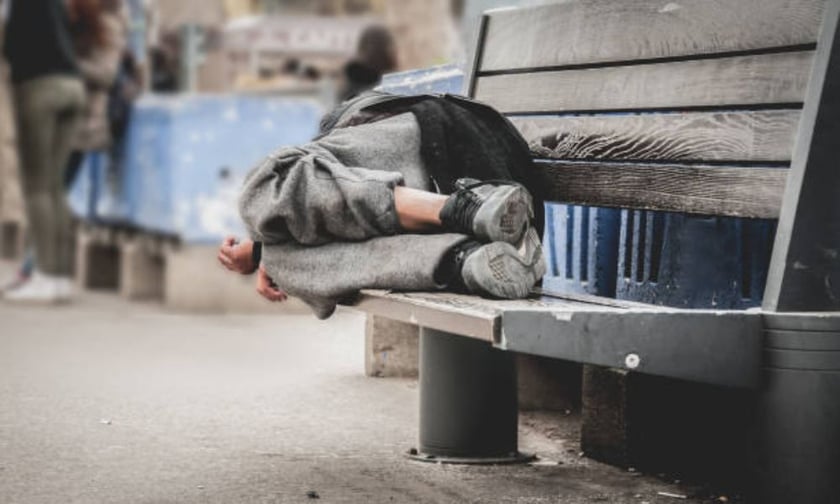

A new study by AHURI has revealed that homelessness is increasingly moving from central city areas to the suburbs in Australian capitals.
The research, which examined data from 2001 to 2021, found that over 60% of homelessness cases were reported in suburban areas during the 2021 Census, up from just 48% in 2001.
“Homelessness is spreading out across capital cities and becoming more suburban over time,” said lead researcher Deb Batterham from Swinburne University.
The AHURI study highlighted the growing shortage of affordable rental housing as a major driver of homelessness in suburban areas.
It found that regions with fewer affordable rentals for low-income households had significantly higher homelessness rates.
“More people experienced homelessness in areas with a greater shortage of rental dwellings affordable for low-income households relative to demand, and this relationship became stronger over time,” Batterham said.
In addition to private rental shortages, a lack of social housing has exacerbated homelessness.
The AHURI research indicated that increasing social housing supply could be a key factor in addressing the housing crisis.
Batterham emphasised the importance of local responses.
“Homelessness services and affordable housing options need to be expanded in areas where they are needed, not just where existing services are located,” he said.
Homelessness is particularly concentrated in certain areas of major cities.
In Sydney, high rates were found up to 40 kilometers west of the CBD, including suburbs like Mount Druitt and St Marys.
Melbourne’s inner suburbs, including Maribyrnong and Port Phillip, also saw elevated rates, as did areas further afield like Frankston and Casey North.
In Brisbane, the inner city had the highest rates, followed by Springwood-Kingston.
To meet the needs of homeless individuals accessing services, the report estimates that 158,000 one- to two-bedroom dwellings and 25,000 larger homes are required nationwide.
These homes must be affordable, with rents capped at $220 per week for the lowest income households.
“Social housing is the best way to do this,” Batterham said, underscoring the need for urgent action.
As homelessness continues to shift to suburban areas, the AHURI research calls for targeted interventions to increase affordable housing and provide localized services.
With rising demand for both rental properties and social housing, the gap between supply and demand is leaving many vulnerable Australians without stable housing. The situation requires immediate policy attention to curb further increases in suburban homelessness.
To access the report and view the maps showing the areas with a very high rate of homelessness, click here.
Get the hottest and freshest mortgage news delivered right into your inbox. Subscribe now to our FREE daily newsletter.
